class: center, middle, inverse, title-slide # War, Technology & Innovation ## The Cotton Gin ### Jack McDonald ### 2019-10-15 --- class: inverse # Before We Begin: Literature Reviews ??? /// --- # How Do I Pick a Topic? .pull-left[ What interests you? What are academics interested in? ...So long as you can demonstrate __importance__ and __relevance__ there is no difference between a literature review on coffee mugs and a literature review on nuclear weapons. ] -- .pull-right[ Four questions that you should be able to answer: - Why is this topic important in the context of war, technology, and innovation? - How have scholars examined this topic? (...what is controversial?) - Why is their scholarship important? (...does the type of scholarship matter?) - Is there something important that they have missed? (...why did they miss it?) ] ??? /// --- # Sample Topics .pull-left[ .medium[ - Innovations or technologies and the character of war - Nuclear weapons & military doctrine - Gunpowder & the military revolution - Precision weapons & humanitarian warfare - Academic controversies (key debates in a field) - Military Revolutions - Stirrups & heavy cavalry - Modern warfare - Cross-discipline comparisons - Innovation in military adaptation literature & innovation theory - IR & military history approaches to military revolution - Technological determinism in security studies & STS ] ] -- .pull-right[ Sample questions - Why do historians disagree about the end-date of the military revolution? - Why are military revolutions a contested concept? - Why is the definition of innovation an issue in the military transformation literature? ] ??? /// --- # Example Paths to a Topic .pull-left[ .small[ Initial question: Why do Coalition militaries systematically under-report civilian casualties in Iraq/Syria? Who cares about civilian casualty reports? What kind of people are concerned with measuring civilian casualties? Question guiding literature search: Who are civilian casualty estimates important to, and why? Question arising from literature review: Why do militaries differ in their measurement of civilian casualties to NGOs? Insight from literature review: Militaries generate organizational knowledge about civilian casualties to a different epistemic standard than NGOs ] ] -- .pull-right[ .small[ - International relations -> Norm theory -> Norms of war -> Prohibitions on targeting civilians - International relations -> Norm theory -> Norm entrepreneurs -> Civilian casualty NGOs - International relations -> Norm theory -> Epistemic communities -> Military professionals - International law -> Law of armed conflict -> Civilians - Security studies -> Measuring conflict -> Civilian harm - Security studies -> Human security -> Civilian death in armed conflict - Strategic studies -> Narratives -> Strategic consequences of civilian casualties - Public health -> Risk Factors -> Armed conflict -> Excess mortality - Ethics -> Just war theory -> Non-combatant immunity - Intellectual history -> Just war tradition -> Non-combatant immunity - Organizational theory -> Organizational knowledge -> Forms of military organizational knowledge - Communication studies -> Open source intelligence -> Casualty monitoring organisations ] ] ??? --- class: inverse # Lecture Outline - Determinism, and Technological Determinism - The Technologies of Slavery - War and Technological Determinism ??? Weekly Course Admin Notes go here --- class: inverse # Determinism, and Technological Determinism -- 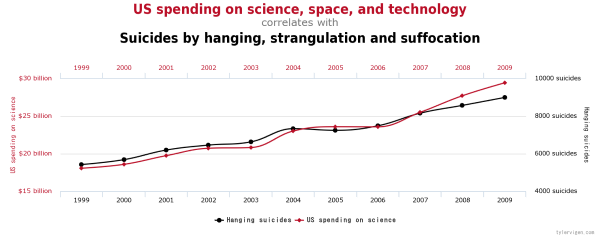 ??? /// --- # Correlation or Causation? .pull-left[ 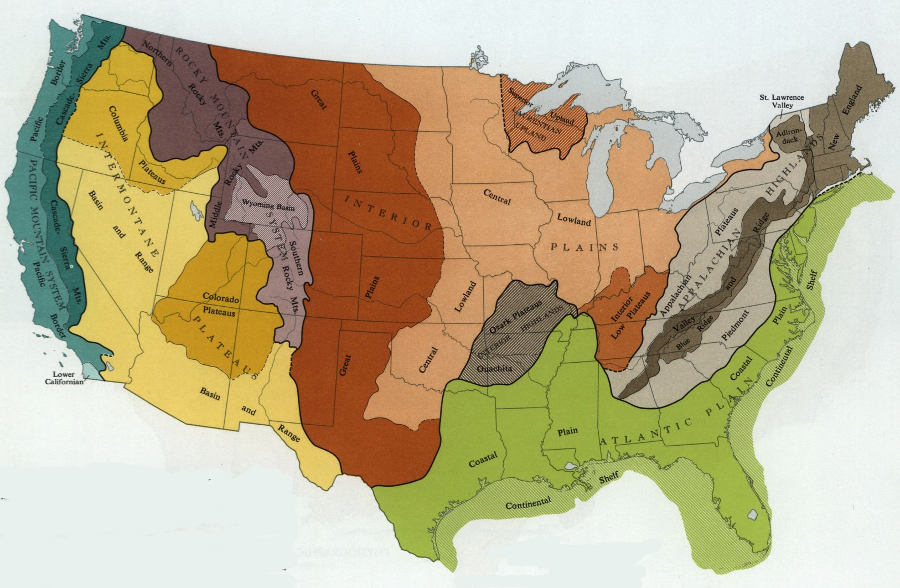 ] -- .pull-right[  ] ??? /// --- # Intervening Variables .pull-left[ 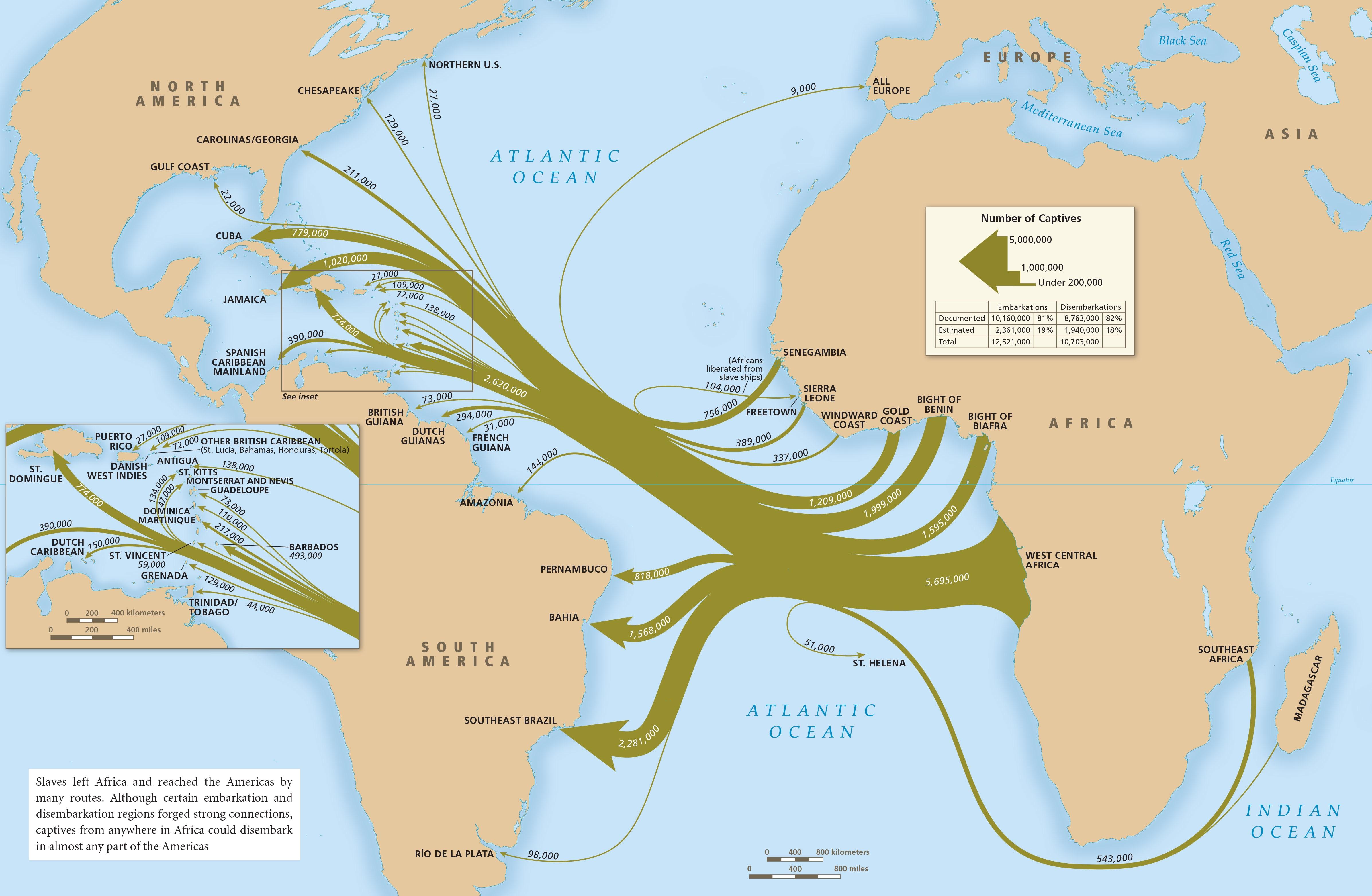 The Atlantic slave trade ] -- .pull-right[ 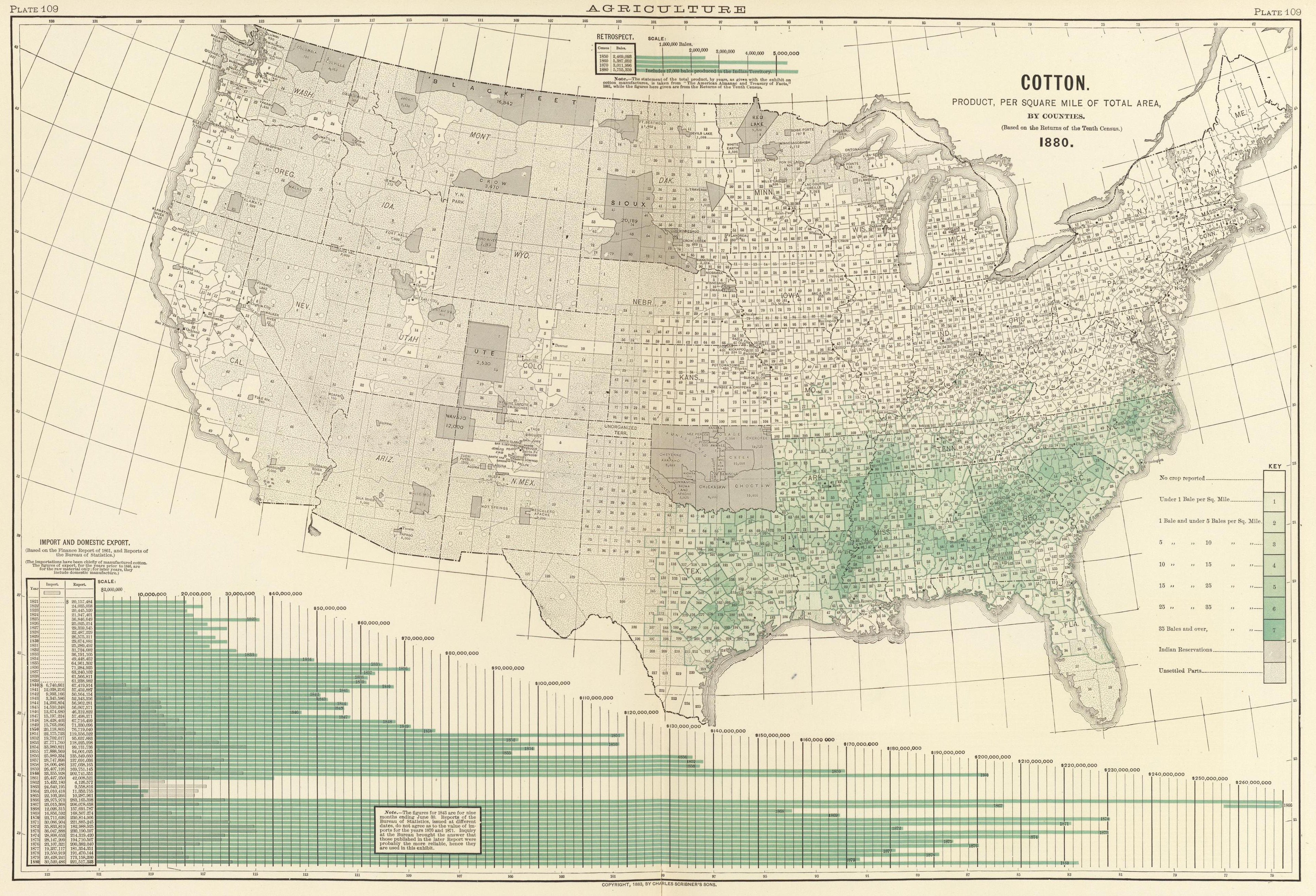 Plantation slavery & cotton production ] ??? /// --- # Structure and Agency and Determinism > Philosophers have used up a great deal of ink attempting to analyse the nature of intentional activity. But from the point of view of the social sciences, it is hard to exaggerate the importance of the unintended consequences of intentional conduct. Anthony Giddens, _The Constitution of Society_ > The sociology of technology, if it is ever to justify its existence as a subdiscipline, should take as its proper domain of study those aspects of social change in which artifacts are implicated. Ruth Schwartz Cowan, _The Consumption Junction_ ??? Giddens quote p.12 --- # Does Technology Determine Social Structure? .left-column[  ] .right-column[ .small[ > the steam-mill follows the hand-mill not by chance but because it is the next stage in a technical conquest of nature that follows one and only one grand avenue of advance. Richard Heilbroner, _Do Machines Make History?_ > Habermas's contribution to the defintion of technological determinism is the focus on norms of practice. Technology could be considered autonomous and deterministic when the norms by which it is advanced are removed from political and ethical discourse, and when goals of efficiency or productivity become surrogates for value-based debate over methods, alternatives, means and ends. Bruce Bimber, _Karl Marx and the Three Faces of Technological Determinism_ Three accounts of technological determinism - Norm-Based Account - Logical Sequence Account - Unintended Consequences Account ] ] ??? Bimber article https://www.jstor.org/stable/285094?seq=1#metadata_info_tab_contents Bimber quote p.337 --- # Technology and the Great Divergence .pull-left[ .medium[ > The Great Divergence in technology between China and India on the one hand and Europe and the United States on the other, which became patently clear in the nineteenth century, had its origins in initially minor differences which began to appear many centuries before. Karel Davids, _Toolkits, Creativity, and Divergences_ ] ] .pull-right[ 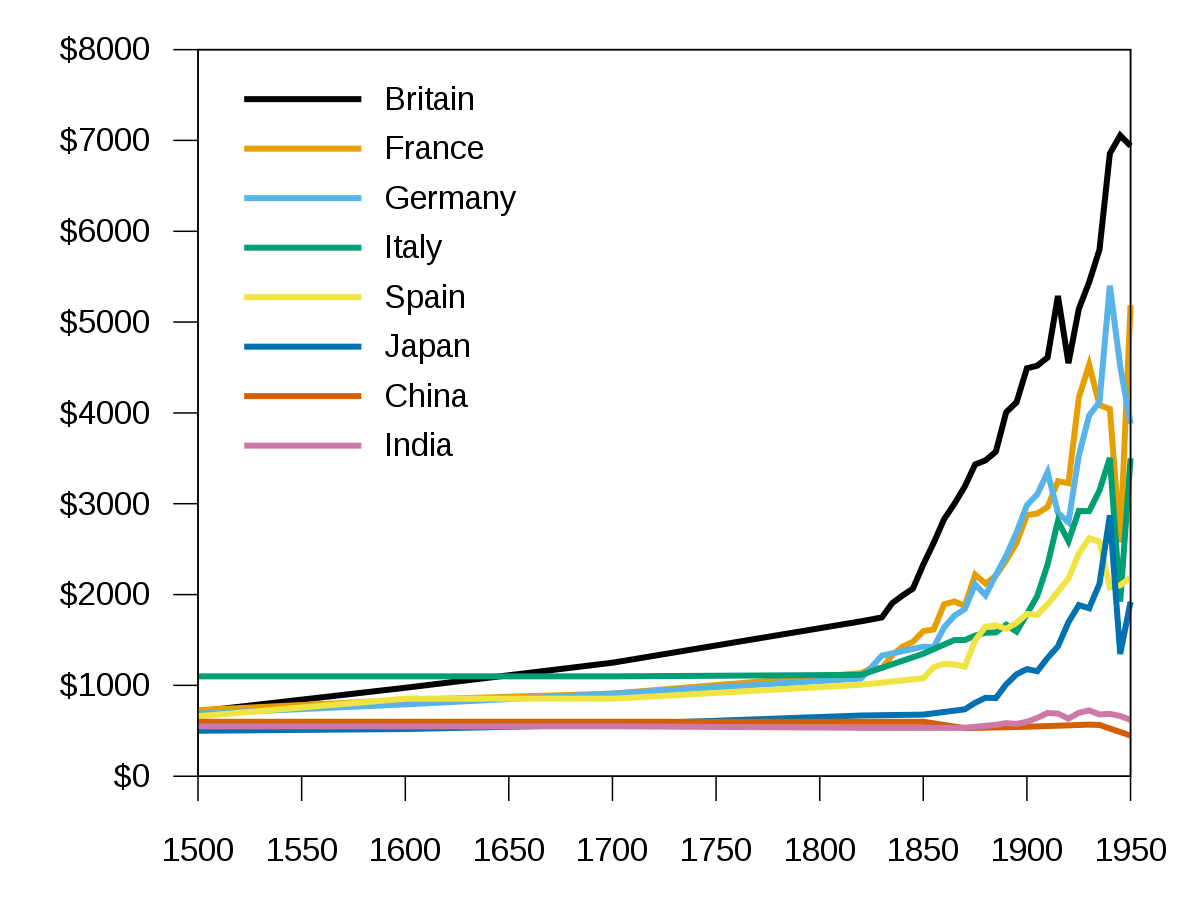 ] ??? Davids quote p.78 --- # Artifacts, Systems, Production .medium[ > The term 'plantation' was derived from Englist settlement in Ireland in the late sixteenth century, initially denoting an overseas colony. By the middle of the seventeenth century, the term had assumed its meaning of a large agricultural enterprise in a tropical region, managed for profit, which produced an export crop for sale in Europe and elsewhere and which had a labour force that was hierarchically stratified... >The make-up of the labour force meant that for the majority of the period in which plantations were most important for world economic growth, the plantation complex was intimately linked to another global phenomenon: the forced migration through the Atlantic slave trade of eleven million enslaved persons... > In the early modern period, that enslaved population tended... not to be self-sustaining, as heavy mortality rates necessitated the continual replacement of workers throught the slave trade. Trevor Burnard, _Plantations and the Great Divergence_ ] ??? p.104 --- class: inverse # Small Group Discussion .pull-left[ Is it morally wrong to separate discussion of the development of the cotton gin from the politics of slavery? Why/why not? ] .pull-right[ Are there any other technologies that you consider similar in this regard? ] ??? --- class: inverse # The Technologies of Slavery ??? Tangible and intangible technology --- # Slavery in History .medium[ > Institutionalized dependency and servitude had been accepted without question in Western and non-Western cultures alike, from the dawn of recorded history until the modern historical era, and they have formed one of the basic institutions that have appeared in almost every culture. Earlier discussions of dependency, and more specifically slavery, where they occurred, were couched in terms of how individual slaves should be treated, who should be a slave, and how one could fall into or lose slave status, but not whether the institution itself should exist. > ...institutionalized coercive relationships, whether for profit or for some more overtly social purpose, were normal before the nineteenth century and have diminished rather dramatically since. David Eltis and Stanley L. Engerman, _Dependence, Servility, and Coerced Labor in Time and Space_ ] ??? Eltis/Engerman quote from page 3, Cambridge World History of Slavery, Vol.3 --- # A Brief History of Slavery and Indentured Servitude in America .pull-left[ 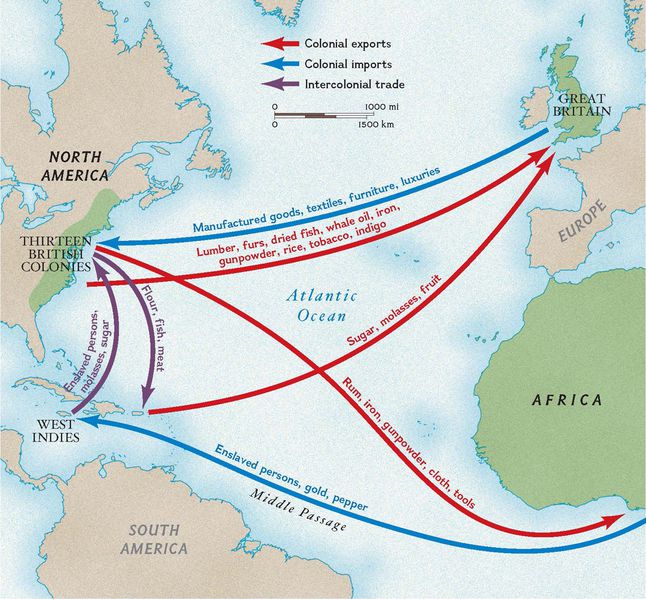 ] .pull-right[ Jamestown, 1619 Indentured Servitude The Triangular Trade ] ??? /// --- # The Cotton Gin .left-column[ 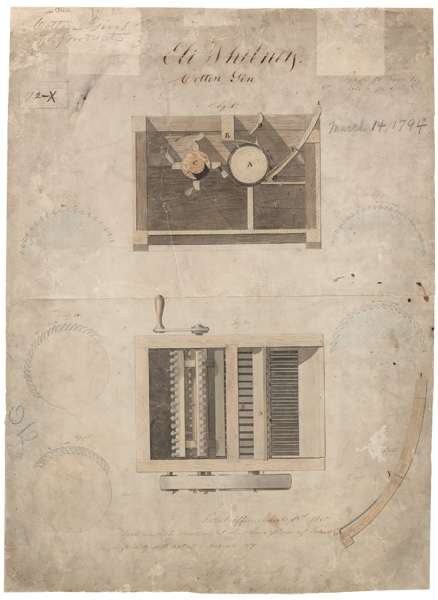 ] .right-column[ Roller gins existed on Indian subcontinent for over a millenium Eli Whitney creates mechanical gin in 1793, patented in 1794 Whitney's invention enables economic harvesting of short-staple cotton, which flourished inland Huge market in England, due to industrial revolution, massive expansion of cotton plantations in Antebellum south ] ??? --- # Perspectives on Determinism/Slavery in Antebellum South .pull-left[ - Markets - Trade - Products - Labour - Society - Law & Politics ] .pull-right[ 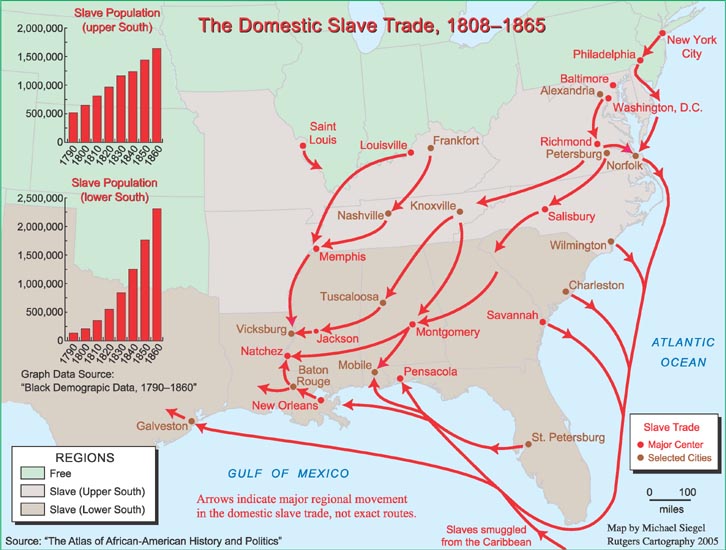 ] ??? /// --- # Cotton Gin as Determinism? .left-column[ 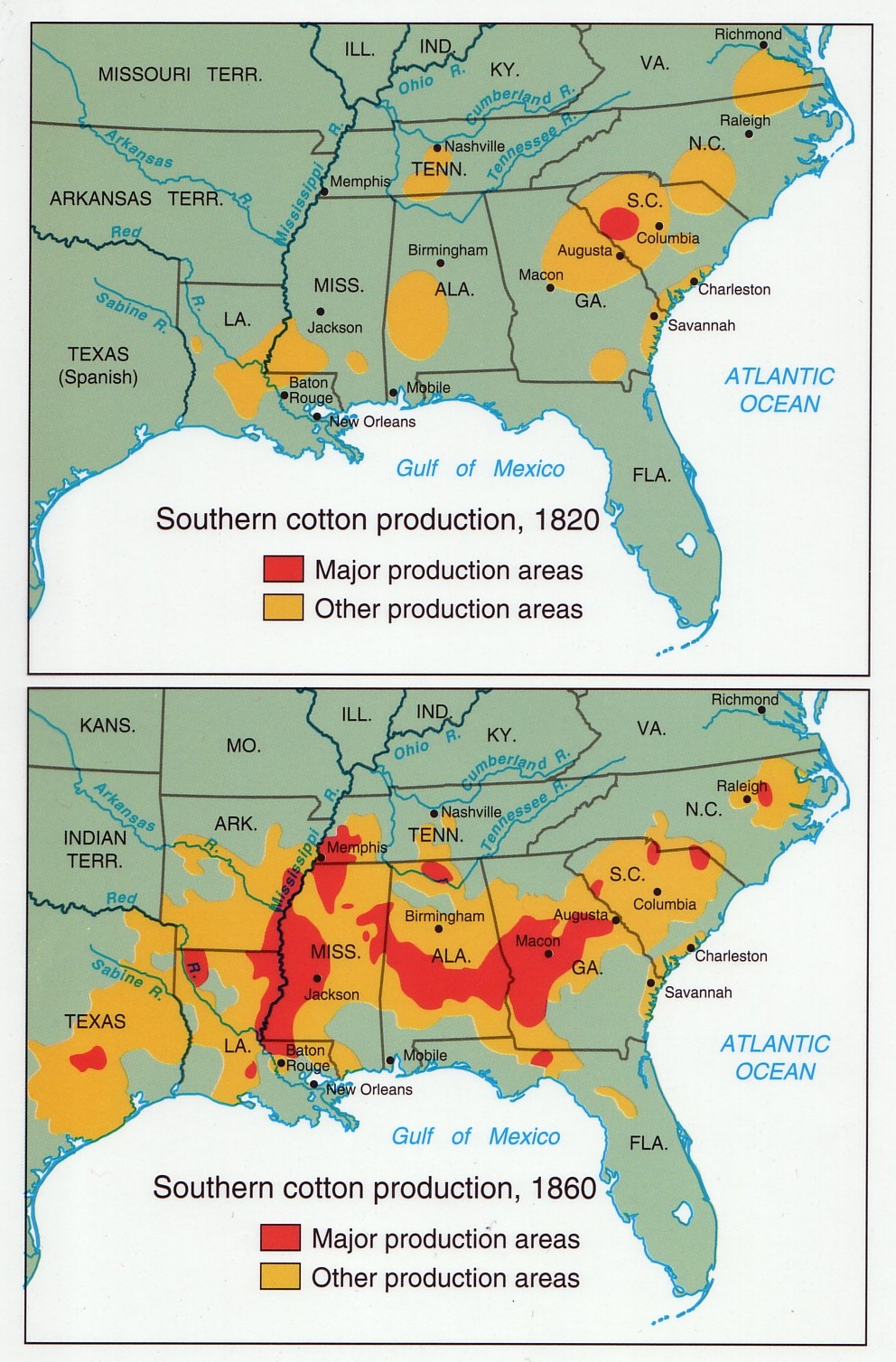 ] .right-column[ 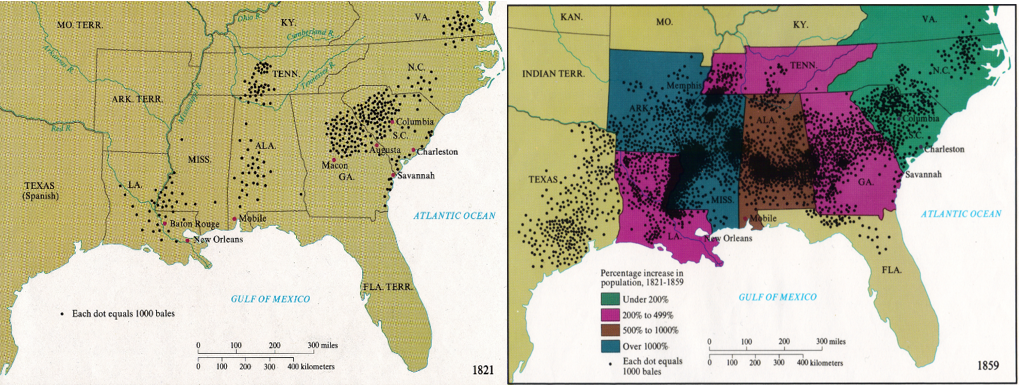 Deterministic only because of extreme shift in productivity, and free labour (slavery) ] ??? /// --- # Capitalism and Sociopolitical Stagnation .pull-left[  Technology as a cause of war? ] .pull-right[ 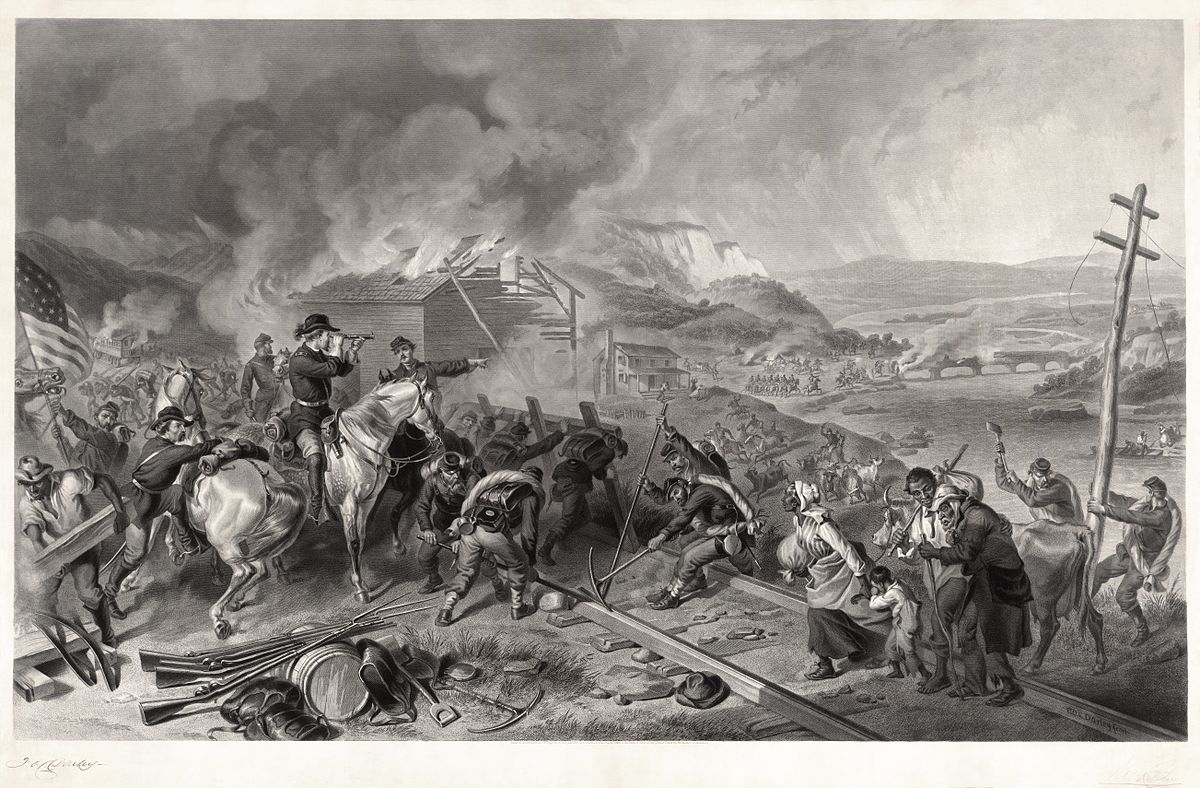 ] ??? /// --- class: inverse # War and Technological Determinism ??? /// --- # Technological Determinism & Causes of War > For any theory, T, and any given body of evidence supporting T, there is at least one rival (i.e., contrary) to T that is as well supported as T. Quine's Nonuniqueness thesis > Underdetermination is a thesis explaining that for any scientifically based theory there will always be at least one rival theory that is also supported by the evidence given, and that that theory can also be logically maintained in the face of any new evidence. Colin Merna ??? https://www.rit.edu/cla/philosophy/quine/underdetermination.html --- # Production and Labour During War .pull-left[ 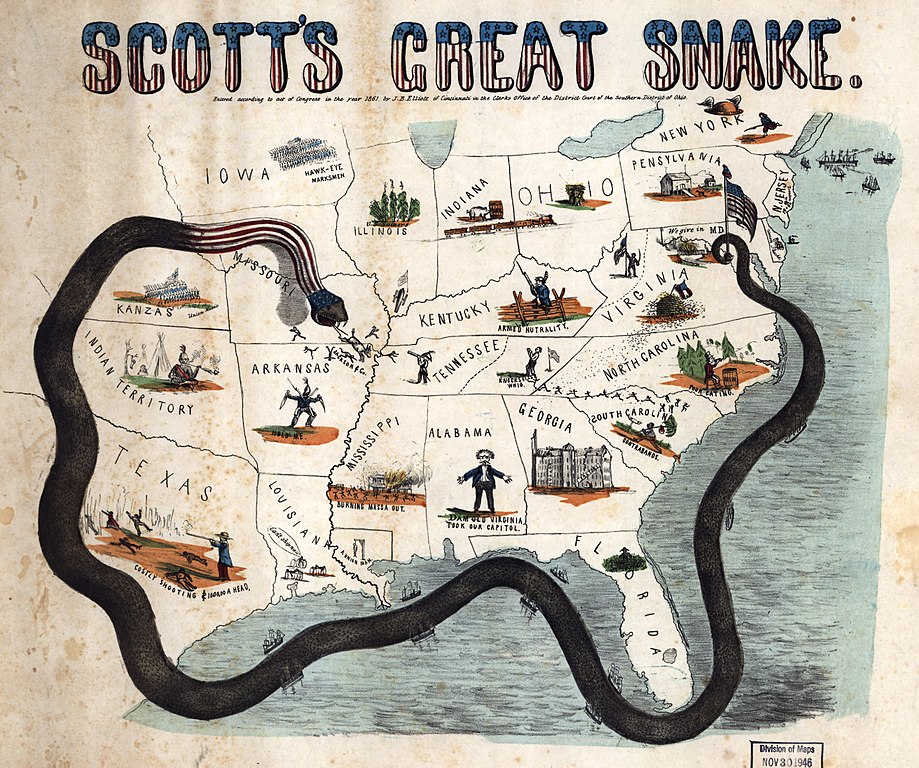 ] .pull-right[ Never underestimate the importance of economic warfare Economic warfare also demonstrates issues of variable legibility of the effects of war Measuring economic impacts of war is extremely difficult during war, but often features as a key explanation of success/failure (remember Wayne Lee's point about capacity) ] ??? War as enterprise --- # Tactical Determinism .left-column[ 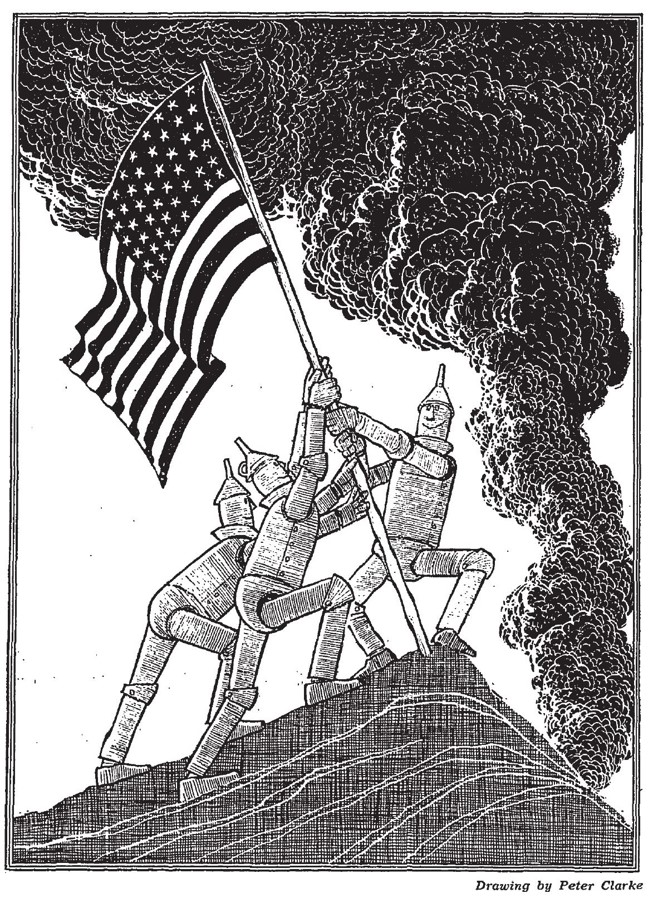 ] .right-column[ > "Things just move too fast these days," says a project officer. "We've got to get man out of the loop." The New York Times, 1975 Disagreements about technological determinism are useful for examining agency/choices in new methods of warfare. - To what extent does social norms/practice inform doctrine/tactics? - How do new innovations create unintended tactical problems? - Are there recognisable scientific progressions that will inevitably occur? ] ??? /// --- # Determinism and Weapon Systems .pull-left[ .small[ > The weapons system, at one level, is a piece of hardware. It consist of the delivery system - the delivery platform... and the weapon - combined with the means of command and communication. It is also a technology, a body of interrelated knowledge, and a set of linked techniques, all needed to develop, produce, and operate the hardware. And it is a social organization of people and institutions who possess that knowledge and are responsible for the technology... Mary Kaldor, _The Weapons Succession Process_ ] ] .pull-right[ Kaldor differentiates between baroque, conservative, and revolutionary forms of technical change. Are there any weapons where one idea linearly follows another? Next term: Guided missiles! ] ??? Kaldor quote p.407 --- # Strategic Determinism .left-column[ .picblock[ 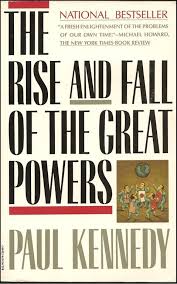 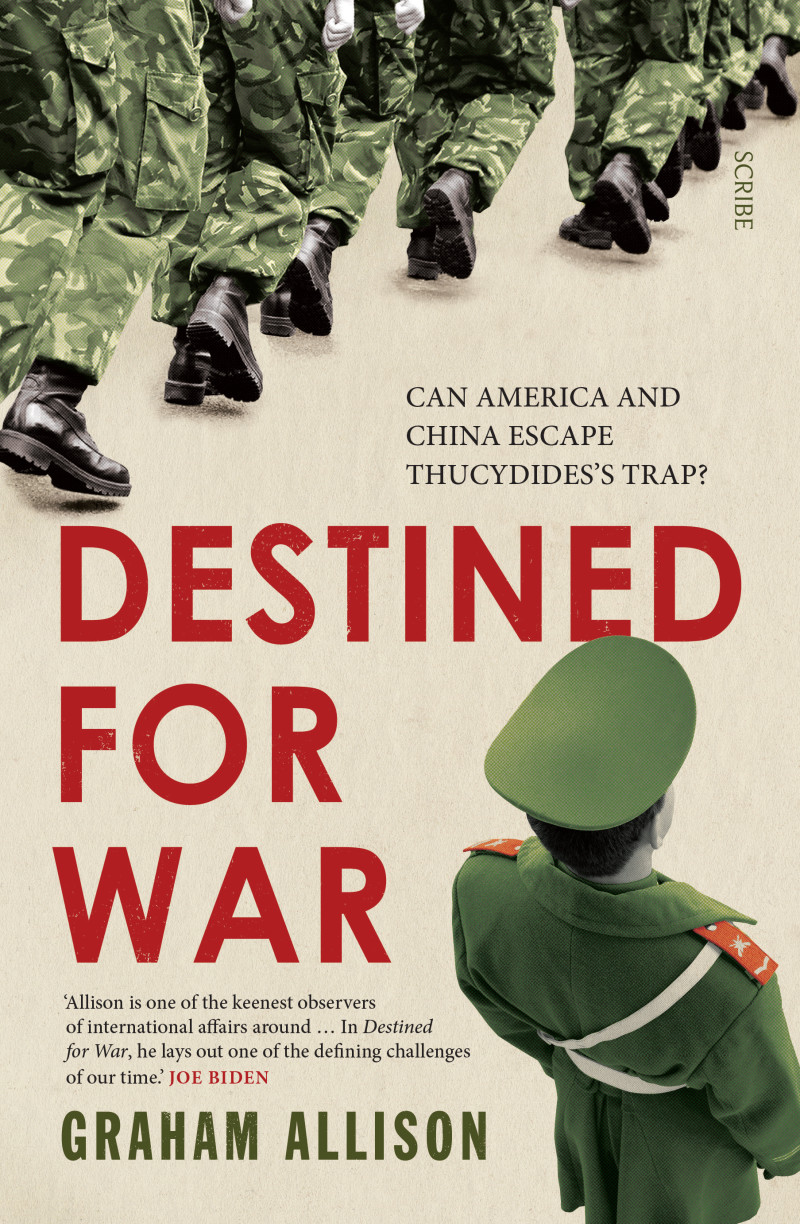 ] ] .right-column[ > Kennedy detected an important but neglected causal relationship. His narrative concentrated on the long-term connection between, on the one hand, shifts in uneven economic growth and technological development and, on the other hand, altered military power and the relative positions of rival states within the international system. Alan R. Raucher, _The Recent American Declinism Controversy_ ] ??? Quote from p.38 https://www.jstor.org/stable/41970381?seq=1#page_scan_tab_contents